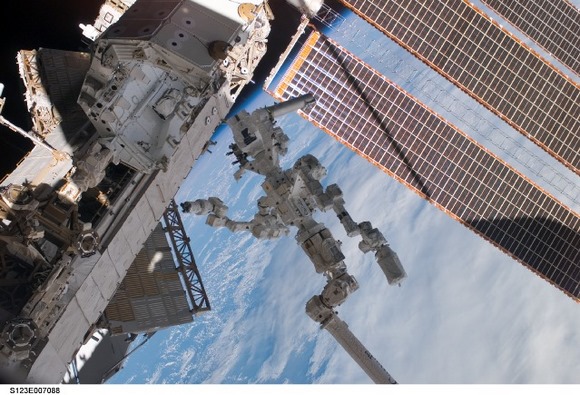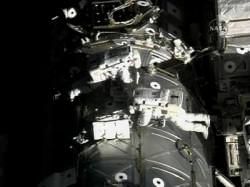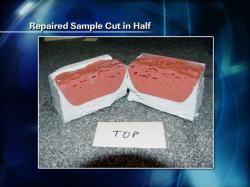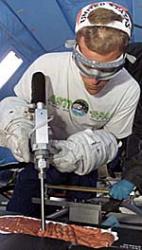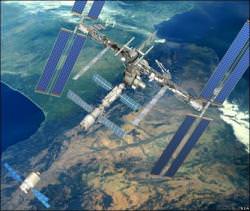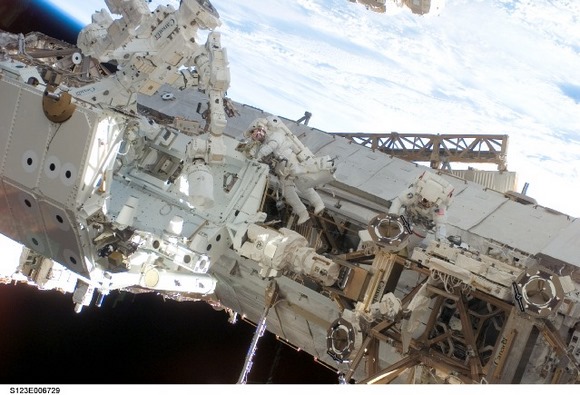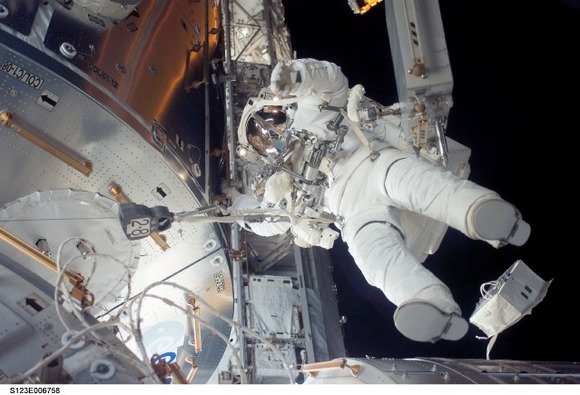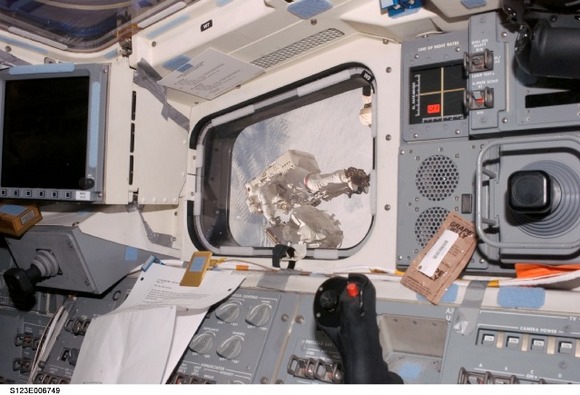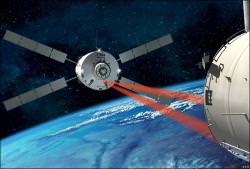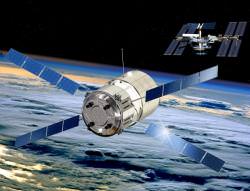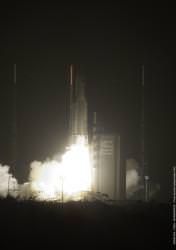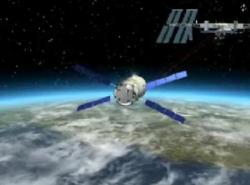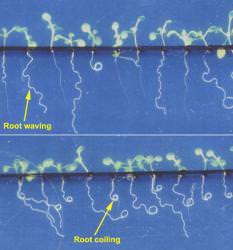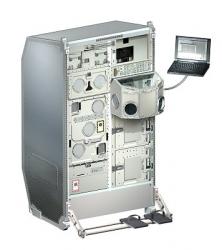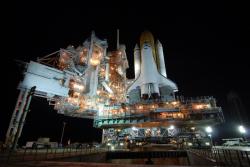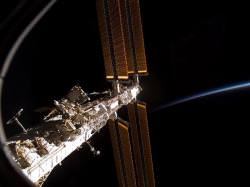As Endeavour departs from the International Space Station on Monday, the space shuttle crew leaves behind a two-armed robot, the Special Purpose Dexterous Manipulator (SPDM), which the astronauts affectionately refer to as Dextre. Any reference to robots in space brings to mind other famous, albeit fictitious, machines that have interacted with humans on board a spacecraft. And, with the recent passing of science fiction writer Arthur C. Clarke, one famous machine named HAL particularly comes to mind, especially when you factor in that Dextre is what’s called a “telemanipulator.” Any chance the space station crew needs to worry about the robot lurking right outside their hatch?
Endeavour crewmember Rick Linnehan said, don’t worry, there is no comparison between Dextre and HAL, the famous malfunctioning computer who killed astronauts in the 1968 movie “2001: A Space Odyssey.”
“I’m a big Arthur C. Clarke fan and I have to tell you Dextre just isn’t as smart as HAL,” said Linnehan in new conference from the ISS on Sunday. “He’s built to be brawn not brains and he’s going to serve a big purpose up here in terms of moving a lot of hardware around.”
Dextre, the two-armed, $200-million robot will reduce the amount of time astronauts must spend outside the space station, and could eliminate the need for up to a dozen spacewalks a year, said Daniel Rey, head of the Canadian technical team that prepared Dextre for his mission on board the space station.
“He will free up astronauts so they can do more science and more research rather than maintenance,” said Rey. Dextre will perform exterior construction and tasks like changing batteries and handling experiments outside the space station. Dextre also comes equipped with a tool holster which allows the robot to change equipment as needed “like any good handyman.”
Rey also concurred that 3.7-meter robot Dextre can’t be compared to HAL. “He doesn’t have an artificial intelligence. . .he can be remote controlled from the ground or from the space station.” Dextre will be able to manipulate items “from the size of a phone book to a phone booth,” Rey added.
As for HAL, in the movie “2001: A Space Odyssey,” he maintains all systems on an interplanetary voyage, plays chess, and has a special penchant for lip reading. Those capabilities just aren’t in Dextre’s database. However, HAL was programmed with the objective to ensure mission success. That’s one area where HAL and Dex do have something in common.
Original News Source: NASA TV and the Canadian Press

